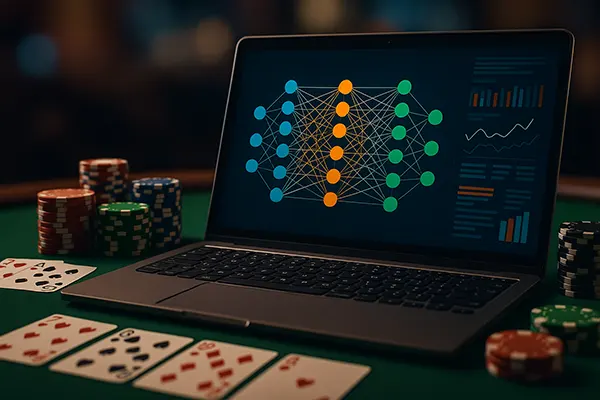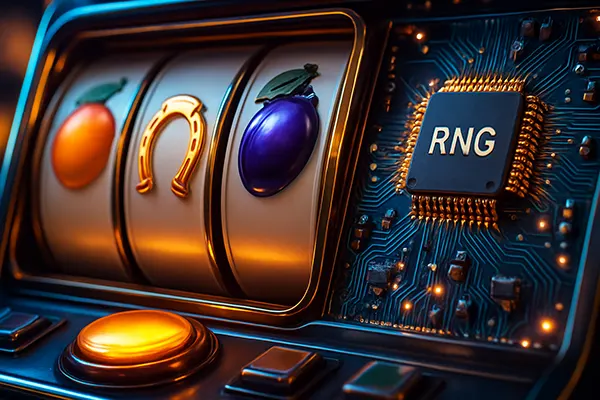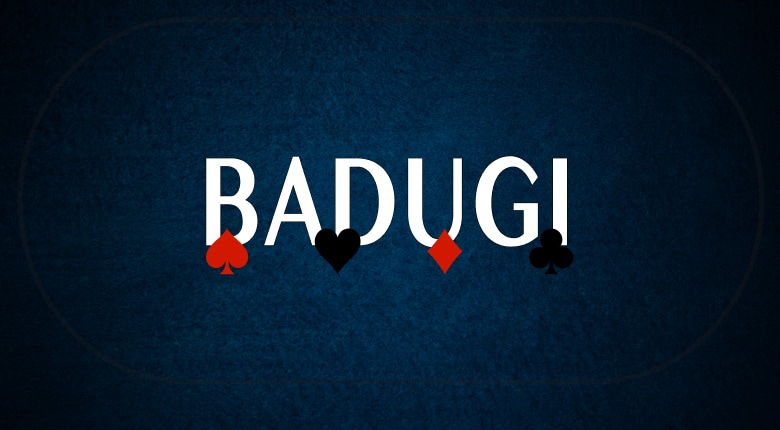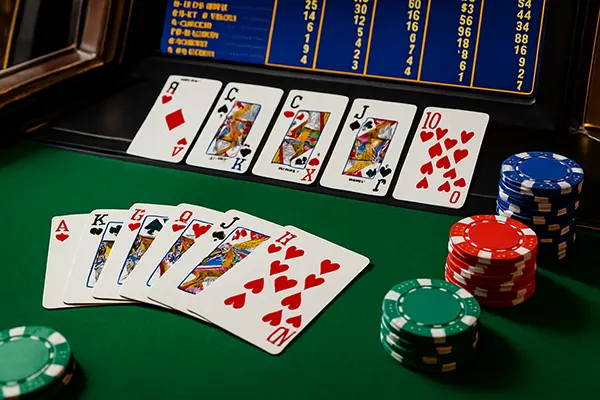
Video Poker Mathematics: Calculating Your Winning Odds in 2025
Video poker remains one of the most mathematically transparent games in the casino world. Unlike slots, outcomes in video poker are influenced by probability and optimal strategy. To make informed decisions and improve your gameplay, it’s crucial to understand how the numbers work. This article explains the key mathematical aspects of video poker, how odds are determined, and how you can calculate them yourself.
Understanding Probabilities in Video Poker Hands
At the core of video poker lies the standard 52-card deck (without jokers), and the game typically starts with a five-card draw. The probability of receiving certain hands—like a pair, flush, or royal flush—can be calculated based on combinatorial mathematics. For example, the chance of being dealt a royal flush on the first hand is 1 in 649,740, which makes it exceptionally rare.
Each hand combination has a specific number of permutations. To illustrate, there are 1,098,240 possible five-card hands, but only 3,744 of those are straights. This level of transparency allows players to calculate expected returns for each hand, enabling strategic decision-making rather than guesswork.
Since every hand’s probability is known, developers use this information to define pay tables. These tables dictate the payout for each hand and directly impact the game’s return-to-player (RTP) percentage. The more favourable the pay table, the higher the RTP, often reaching 99.5% or more in optimal games like “Full Pay Jacks or Better.”
Example: Calculating the Odds of a Flush
To calculate the odds of receiving a flush (five cards of the same suit), you count all possible flush combinations and divide by the total number of five-card hands. There are 5,108 ways to get a flush in a 52-card deck, excluding straight flushes. Therefore, the probability is:
5,108 ÷ 2,598,960 = ~0.001965 or 0.1965%
This data-driven approach helps players avoid common misconceptions and rely instead on actual probability. Understanding how many possible ways exist to form each hand category is a key skill for any serious video poker enthusiast.
Expected Value and Return-to-Player (RTP)
Expected value (EV) is a critical concept in video poker mathematics. It refers to the average amount a player can expect to win or lose on a specific decision, based on all possible outcomes. EV is calculated by multiplying the payout of each hand by its probability and summing the results. This figure reveals the long-term performance of a particular play.
For instance, holding a low pair versus keeping high cards will have different EVs depending on the variant and pay table. Using a strategy chart optimised for maximum EV ensures you’re playing the most mathematically sound moves in every hand.
The RTP is the sum of all EVs across the entire game. It reflects the theoretical return of a game over thousands of hands. A game like “Full Pay Deuces Wild” can have an RTP exceeding 100% when played perfectly, but most commercial versions cap RTP at around 99% to maintain house edge.
How to Calculate RTP for a Given Pay Table
First, list all possible winning hands and their payouts. Then multiply each payout by the hand’s probability and sum all results. For example:
• Royal Flush – 800×0.000025 = 0.02
• Straight Flush – 50×0.000108 = 0.0054
• Four of a Kind – 25×0.0024 = 0.06
Continue for all hands, then add the values together. The final number gives you the RTP, which can guide your choice of which version of video poker to play.
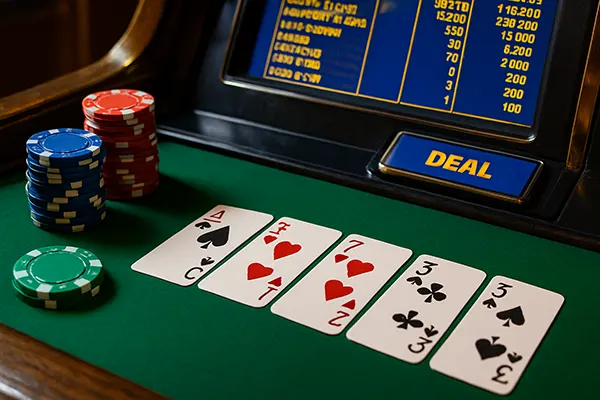
Developing Personal Calculations and Strategy
While software and charts exist, learning to calculate odds manually builds deeper insight. Start by familiarising yourself with combinations and permutations. Tools like factorial notation and binomial coefficients can be helpful when dealing with probabilities from a 52-card set.
Once you understand how to count card combinations, you can create simplified models of your gameplay. For instance, you can simulate different discard scenarios using probabilities to estimate which choices lead to the highest expected value.
This understanding empowers players to analyse variations in rules and pay tables, such as games with bonus payouts or wild cards. Even small differences—like a reduced payout on two pairs—can alter your best play and shift the RTP significantly.
Building a Basic Strategy from Scratch
Start by evaluating the highest-ranked hand possible with your current cards. Use expected value as a guide to decide whether to hold or discard each card. A common decision: keep a pair or chase a flush? The answer depends on the EV of each option.
Practise this by working through hands and comparing your choices against a known strategy chart. Over time, you’ll see patterns in hand rankings and card draws. This consistent study develops intuition backed by math—not guesswork.
Eventually, you’ll be able to make instant, correct decisions at the table without needing a printed strategy guide. This is what separates recreational players from mathematically skilled ones.


